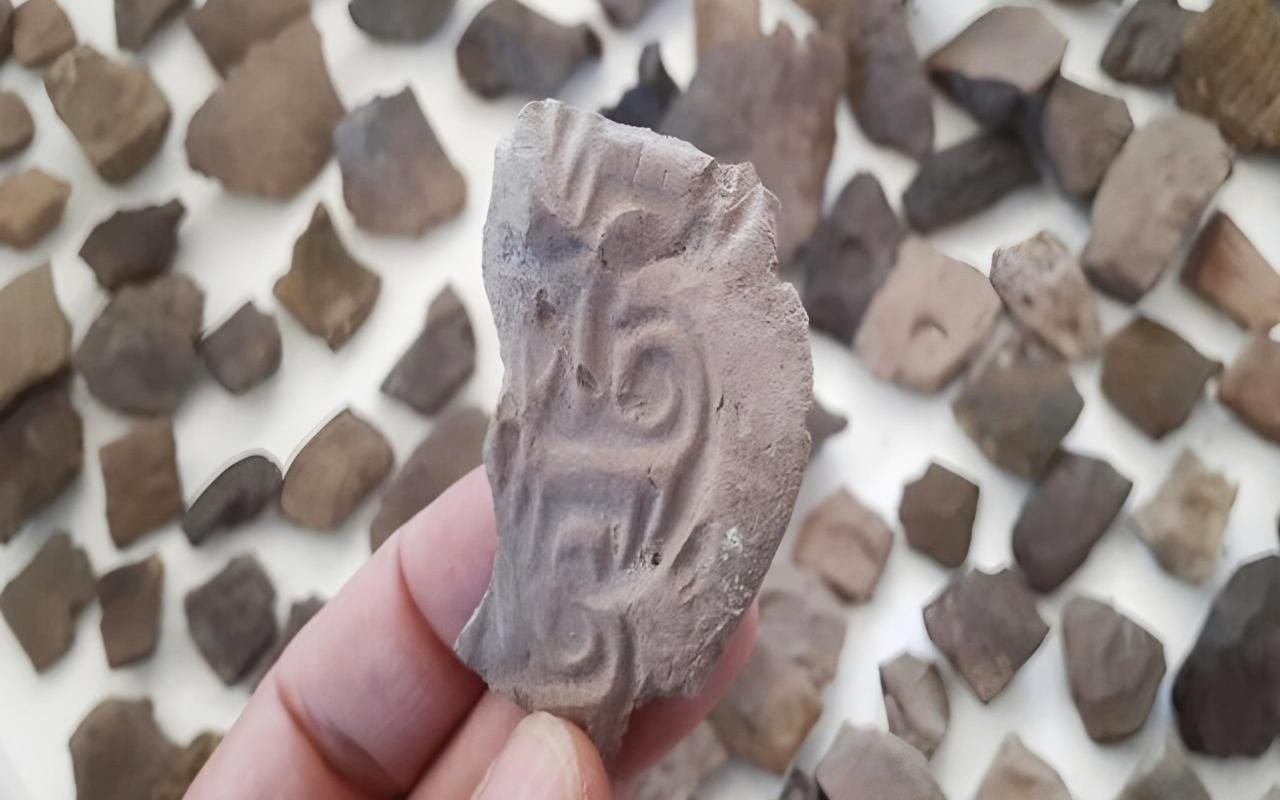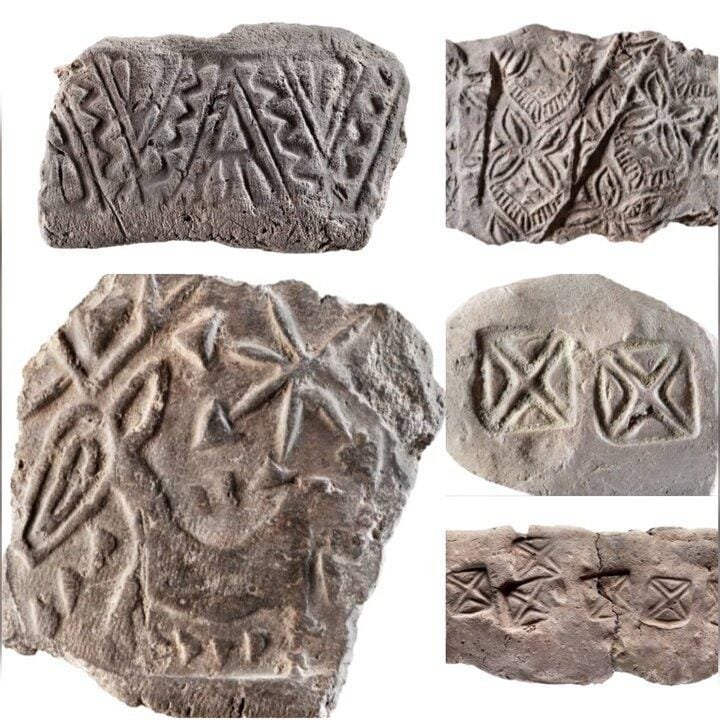Archaeologists in Iran have uncovered over 4,000 ancient clay seals dating back 5,000 years. The remarkable discovery was made at Tappeh Teleneh, located in the Kuzaran district of Kermanshah province, western Iran. This site, first identified in 1998, has since been the focus of significant archaeological attention, with excavations uncovering artifacts that point to the region’s importance in ancient economic and cultural exchange networks.
 Archaeologists have uncovered more than 4,000 ancient clay seals in Iran. Credit: ISNA
Archaeologists have uncovered more than 4,000 ancient clay seals in Iran. Credit: ISNA
Provincial tourism chief Dariush Farmani stated, “These seals provide evidence of organized trade systems that date back some 5,000 years, illustrating the role Tappeh Teleneh played in early administrative management.” The discovery marks a pivotal moment for understanding how goods and commerce were managed in the ancient world.
The majority of the seals are thought to have been used to secure warehouse doors. The unearthed artifacts include 447 clay locks for securing warehouse doors, 2,970 vessel seals, 124 sack seals, and 436 tongue-shaped pieces, all adorned with about 85 distinct seal impressions. The seals are considered part of a larger system that governed trade and economic affairs in the region, extending from central Zagros to Mesopotamia.
The findings also include a set of counting objects, potentially an early form of numerical system used for trade and inventory management, which could represent a precursor to written language. These discoveries suggest that Tappeh Teleneh was not only a commercial hub but also an administrative center where early forms of economic organization were developed.
 The style of the seals indicates that the inhabitants of Tappeh Teleneh had trans-regional interactions. Credit: Tehran Times
The style of the seals indicates that the inhabitants of Tappeh Teleneh had trans-regional interactions. Credit: Tehran Times
Excavations at Tappeh Teleneh began in earnest in 2020, under the leadership of archaeologist Shokoh Khosravi, who led a team in uncovering pottery fragments, clay animal figurines, and an extensive collection of clay seals. These findings have prompted further investigations into the cultural and economic connections between this region and other parts of ancient Iran and Mesopotamia.
The style and craftsmanship of the seals also indicate that the inhabitants of Tappeh Teleneh had trans-regional interactions, reinforcing the idea that this site was part of a broader network of trade and political administration during the early Elamite period, spanning from the 5th millennium BCE to the 3rd millennium BCE. The cultural links between Tappeh Teleneh and other regions have been substantiated through studies of the seal impressions and the pottery uncovered during the excavations. Further excavations are planned at the site.
Kermanshah, the region where Tappeh Teleneh is located, has a rich history of its own, dating back to the 4th century CE. Founded by Bahram IV of the Sasanian dynasty, the city has been a site of significant historical events, from being fortified during the Safavid era to withstanding attacks during the Qajar period. With the discovery of these ancient seals, Kermanshah’s importance in the broader context of early trade and administration has only grown.





